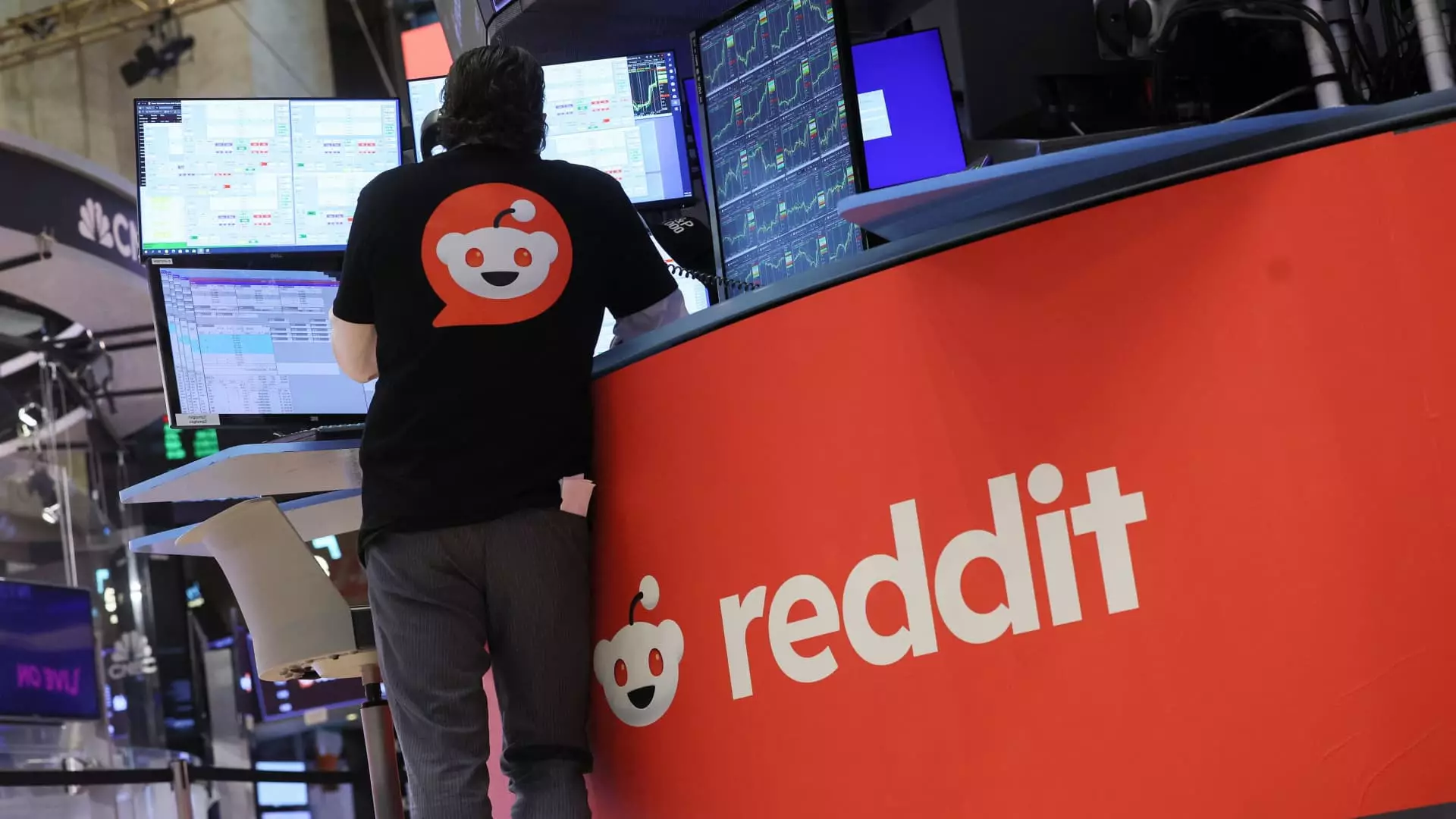In the ever-dynamic world of finance, stock ratings and predictions play a pivotal role in guiding investors. Recent calls from top investment houses have placed several companies in the spotlight, indicating both promising growth opportunities and cautionary measures for certain stocks. This article delves into the latest recommendations from various financial institutions, uncovering the reasoning behind their decisions and analyzing their potential implications for investors.
Energy Sector Insights: Duke Energy’s Potential
Jefferies has initiated coverage on Duke Energy (DUK) with a bullish recommendation, assigning it a price target of $138. This assessment spotlights Duke as a promising player in the energy sector, particularly given the increasing global emphasis on renewable energy. The utility’s infrastructure, combined with regulatory changes favoring cleaner energy production, positions it as a compelling investment. However, as critics might argue, the energy sector has faced volatility due to fluctuating policies and market demands, necessitating due diligence from potential investors.
Pharmaceuticals on the Rise: Centessa’s Upgrade
Morgan Stanley’s upgrade of Centessa Pharmaceuticals from equal weight to overweight suggests a bullish outlook, especially regarding its narcolepsy treatment developments. By increasing the price target from $11 to $26, the firm underscores its confidence in Centessa’s product pipeline and growth prospects. Nevertheless, the pharmaceutical realm is notoriously unpredictable, and analysts must remain wary of regulatory hurdles and the competitive landscape that could impact Centessa’s trajectory.
Re-evaluations in Consumer Goods: Pepsi’s Shift
In a notable downgrade, Morgan Stanley has shifted its stance on Pepsi from overweight to equal weight. The firm points to “topline softness” and declining market share in recent scanner data as signs of trouble ahead. This pivot raises important concerns about consumer preferences and the competitive dynamics within the beverage industry. This downgrade, while indicating caution, reflects a broader trend in which established brands must innovate and adapt to maintain their relevance in a rapidly evolving consumer landscape.
Technology and E-commerce: Amazon and Reddit’s Rallies
Evercore remains optimistic about Amazon, affirming its status as an “outperform” with a revised price target of $240. The e-commerce giant’s robust market position and strategic expansions are driving this positive sentiment. Similarly, B. Riley has initiated a buy rating on Reddit, highlighting its unique platform and community value proposition. However, investors must recognize that technology stocks are often susceptible to market sentiment fluctuations, and such optimism must be tempered with realistic expectations about growth sustainability.
Morgan Stanley’s identification of Nio as a research catalyst reflects enthusiasm for the electric vehicle (EV) market, especially following the introduction of its latest model. However, the EV market remains fraught with competition and regulatory challenges that can influence stock performance. While Morgan Stanley anticipates a short-term uptick in Nio’s share price, broader market conditions and consumer acceptance will be critical factors to watch.
Mixed Signals for Tech Giants: Apple and Tesla
UBS’s reiteration of Apple as neutral, coupled with the observation of potentially subdued iPhone 16 demand, illustrates the cautious sentiment surrounding one of the world’s largest tech companies. Conversely, Bank of America maintains a buy rating on Tesla, cautiously optimistic ahead of the company’s upcoming robotaxi day. While Tesla continues to capture headlines, the volatility inherent in the tech sector makes it crucial for investors to adopt a multifaceted strategy when considering these stocks.
Recent upgrades of Aptiv and Visteon by Wells Fargo reflect a greater confidence in the automotive technology space. With expectations of improved gross operating margins and growth potential, these companies appear well-positioned to leverage advancements in auto technology and electronics. However, investors should remain vigilant about potential disruptions in the supply chain and evolving consumer preferences that could impact these forecasts.
The Evolving Landscape of Financial Services
Citi’s initiation of a buy rating on Capital One highlights its recognition of the fintech’s technology leadership as a competitive advantage in a crowded landscape. This move reflects a broader trend where traditional financial institutions are increasingly evaluated on their ability to innovate. In a parallel move, Bank of America’s endorsement of Nike highlights the dynamic interplay between leadership changes and stock performance, emphasizing the importance of strong management in navigating ever-changing market conditions.
Conclusion: Navigating Recommendations with Shrewdness
The latest recommendations from investment firms on Wall Street reflect a blend of optimism and caution across various sectors. From energy and pharmaceuticals to tech and consumer goods, these insights can serve as valuable guides for investors. However, it is imperative to consider the underlying market conditions and potential risks associated with each recommendation. In a landscape marked by rapid change, shrewd investors will continuously analyze the market to capitalize on opportunities while mitigating potential pitfalls. Ultimately, while these calls provide direction, prudent investment strategies require thorough examination and informed decision-making.

